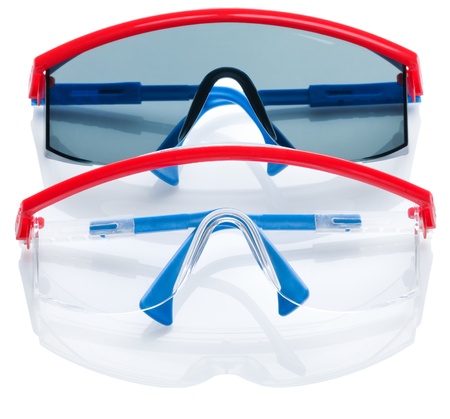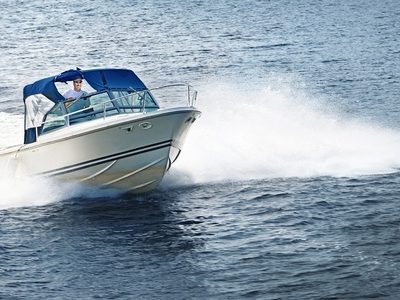

Sports Eye Safety Month: Youth Sports-Related Eye Injuries
September is sports eye safety month. Every parent wants to keep their young children safe in whatever activities they do. Since children do not necessarily understand the risks and consequences associated with certain actions, it is up to adults to protect kids through common sense safety instructions and care. Sports coaches have an amplified responsibility to keep children safe because of the increased risk of injury associated with any sport. September is a great time to talk about sports-related eye injuries as children start new school years and after school sports programs.
Youth sports-related eye injury statistics
Eye injuries are the leading cause of blindness in children in the United States with sports being the biggest culprit for eye injuries in children. Eye injuries account for about 100,000 doctor’s visits per year and, according to a report released by Prevent Blindness of America in 2015, there are over 31,000 ER visits annually for sports-related eye injuries. Sports-related eye injury care visits come with a price tag of more than $175 million.
Sports that carry risk of eye injury
Some believe that with the growing trend toward “extreme sports” such as BMX racing and drifting, the risk of eye injuries will only increase. While all sports technically carry risk of eye injuries, some are worse than others. School-aged athletes have developing hand-eye coordination, reaction times and balance that puts them at greater risk for eye injuries.
The sports with the worst track record for child eye injuries are:
- Basketball
- Water and pool activities
- Guns (air, gas, spring and BB)
- Baseball/softball
Click here for a chart of the top 22 sports categories for eye injuries.
How to reduce child sports-related eye injuries
Parents and coaches must take on the role of protecting child athletes from eye damage by talking about and enforcing protection of the eyes with proper safety gear. According to the National Eye Institute (NEI), protective eyewear should be part of all children’s sports uniforms; under most circumstances, at least 90 percent of sports-related eye injuries are preventable with the proper use of protective sports eyewear. Protective eyewear includes safety glasses and goggles, safety shields and eye guards that are designed to protect eyes for a particular sport. They work because they are made of ultra-strong polycarbonate, which is 10 times more impact resistant than other plastics but does not reduce vision. Note that regular prescription glasses, contact lenses, and sunglasses do not protect against eye injuries. If your child wears glasses or contact lenses then safety goggles should be worn over them or they should purchase prescription safety goggles. Student athletes who have had eye surgery, a history of eye injury or only have vision in one eye should be especially vigilant about wearing safety goggles while playing sports.
Because most youth sports leagues do not require the use of eye protection, parents, teachers and coaches must be the ones to enforce the use of safety glasses or goggles when children play sports. They can also encourage schools to adopt a policy on protective eyewear and wear them themselves while playing sports to be good role models.
If you or a loved one is dealing with an accident or injury through no fault of your own, you have enough on your plate. Let an experienced accident attorney fight for the full compensation that you deserve. It is not uncommon to receive a settlement from the insurance company that is five to ten times bigger with the help of a lawyer. Call the caring accident attorneys at Tario & Associates, P.S. in Bellingham, WA today for a FREE consultation! We have been representing residents of Whatcom County, Skagit County, Island County and Snohomish County since 1979. You will pay nothing up front and no attorney fees at all unless we recover damages for you!




